Dr. Changlu Wang
GOT BED BUGS?

Bed bugs are tiny parasites that seek out sleeping people or animals for a blood meal. They are attracted to the CO2 that you exhale, your body heat and your smell. After feeding, they hide. It is extremely challenging, but not impossible, to prevent, detect and control bed bugs.
Controlling Bed Bugs Using Integrated Pest Management
In most cases, pesticides alone will not eliminate bed bugs. Integrated Pest Management (IPM), needs to be implemented for effective bed bug control. IPM is an environmentally sensitive approach to pest management that relies on knowledge of the pest and a combination of common sense practices, such as inspection, monitoring, reducing clutter, sealing cracks, the use of barriers, non-chemical methods and the judicious and careful use of pesticides, if needed.
1. Environmental Modification





Bed bugs are not your fault. Anyone can have them.
2. Non-Chemical Controls
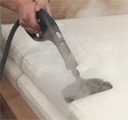
Items that cannot be washed or dried may be steamed, heated or frozen using specialized equipment. Raising the indoor temperature with a thermostat or space heaters will not kill the bed bugs.
3. Monitoring
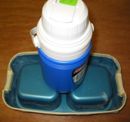
4. Insecticide Treatments

5. Follow up Monitoring
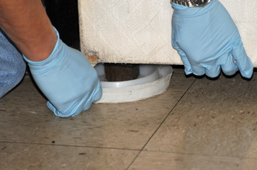
If no live bugs or their signs are noticed for 6 weeks, you may declare "the bed bugs are eliminated!"
What Do Bed Bugs Look Like?
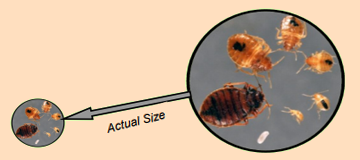
Signs of Bed Bugs
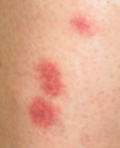
Important, Be Sure Your Pests are Bed Bugs!!
Recognizing and Finding Bed Bugs
Bed Bug Hiding Places
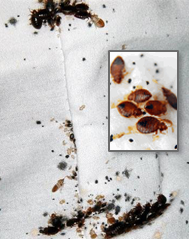
For more information on bed bugs and IPM go to:
www.epa.gov/bedbugs
Bed bug video: http://youtu.be/QCZ5bgb3ol0

